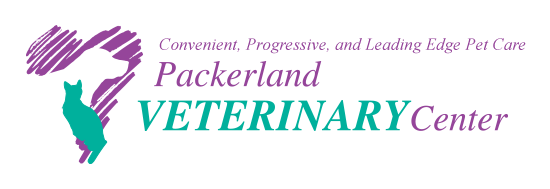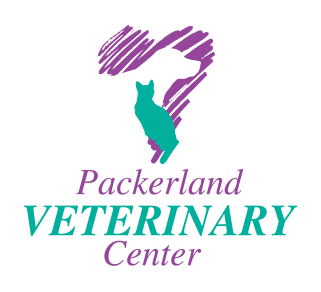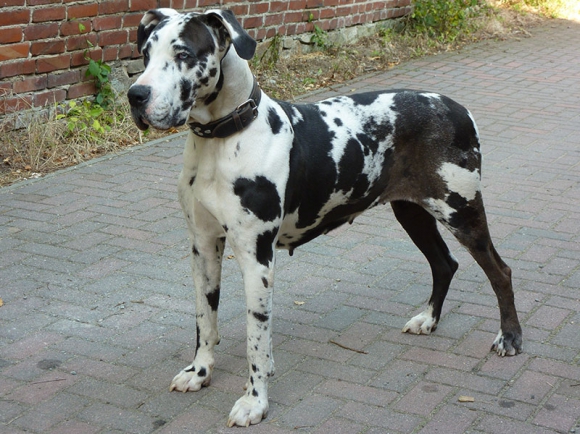


ASK US
What is Gastric Dilatation and Volvulus syndrome (bloat)?
 Bloat is a serious condition that can rapidly progress to a life-threatening gastric dilatation and volvulus (GDV), a medical emergency that requires immediate veterinary care. Bloat, or gastric dilatation, occurs when the stomach distends with air, fluid or food to several times its normal size. This puts pressure on blood vessels in the abdomen and causes significant abdominal pain. It's common for the stomach to then twist on itself, rotating 180 to 360 degrees on its axis, resulting in a gastric dilatation and volvulus. The twisting compromises the blood supply to the stomach and spleen. If not addressed immediately, GDV can lead to shock and death within hours.
Bloat is a serious condition that can rapidly progress to a life-threatening gastric dilatation and volvulus (GDV), a medical emergency that requires immediate veterinary care. Bloat, or gastric dilatation, occurs when the stomach distends with air, fluid or food to several times its normal size. This puts pressure on blood vessels in the abdomen and causes significant abdominal pain. It's common for the stomach to then twist on itself, rotating 180 to 360 degrees on its axis, resulting in a gastric dilatation and volvulus. The twisting compromises the blood supply to the stomach and spleen. If not addressed immediately, GDV can lead to shock and death within hours.Is My Dog at Risk?
GDV tends to affect large deep-chested dog breeds such as Great Danes, German Shepherds and Saint Bernards, Weimaraners; but any dog can develop bloat. Common reasons for bloat are ingestion of large amounts of food and water, exercise following a meal, other stomach disease, or hereditary reasons.
What are the signs and symptoms?
The most common signs are sudden onset of abdominal distention, anxiety, distress, unproductive vomiting, panting, and pale gums. If your dog is showing any of these symptoms please bring to your veterinarian or emergency veterinary clinic right away. Survival rate is dependent on how fast the patient is stabilized and treated.
How is GDV treated?
Your veterinarian will recommend abdominal radiographs to confirm the diagnosis. Blood tests and a possible EKG will be performed. The blood vessels that are compromised also supply blood to the heart, so abnormal rhythms may occur and need additional treatment. They will then try to stabilize the patient by placing an intravenous catheter and starting fluid therapy and pain management. Your veterinarian will also try to decompress the stomach by releasing built up air with the use of a needle, or passing a tube from the mouth into the stomach. If these methods do not work, surgical decompression is required. Your veterinarian may also recommend surgery to untwist the stomach to its normal position and examine other organs for tissue damage. Finally the stomach will be tacked to the abdominal wall (gastropexy) to help prevent the stomach from twisting in the future. Survival rate is dependent upon how quickly the patient is stabilized and treated.
How Can I Reduce the Risk of Bloat?
Unfortunately, there is no sure way to prevent bloat, or a way to tell which animals will be affected. Things you can do at home include: feed your dog multiple smaller meals throughout the day versus one large meal, avoid exercise for 30-60 minutes following a meal and slow down the rate your dog eats by using food puzzles or a cookie sheet. If you are a breeder, you can avoid breeding dogs with a history of GDV. Additionally, at the time of your dogs' spay or neuter, a prophylactic gastropexy can be performed. While a gastropexy can't stop the stomach from bloating in the future, it can help prevent the stomach from twisting on itself. This procedure can be discussed with your veterinarian at one of the initial vaccination visits.



